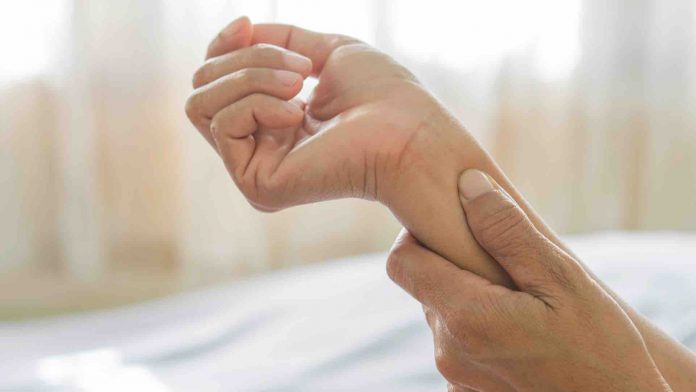Chronic pain is a not uncommon problem among seniors; however a new study had found that the number of teens and children in the US who suffer from chronic pain has significantly increased. The study was conducted by researchers at Indiana University in Indianapolis and Children’s Health Services Research, Indianapolis, Indiana Department of Pediatrics, Indiana University School of Medicine, Indianapolis, Indiana.
The objective of the study was to define the demographic, diagnostic, procedural, and episode of care characteristics for children admitted with chronic pain. The researchers accessed the Pediatric Health Information System database to obtain data on demographic characteristics, length of stay, readmission rates, diagnoses, and procedures for children admitted with chronic pain. Patients with sickle cell disease, cancer, burns, cerebral palsy, transplants, and ventilator-dependent children were excluded.
The study group comprised 3,752 patients with chronic pain. The researchers found that during the time period admissions increased by 831%. The average age of these patients was 13.5 years, the most common race was white (79%), and female subjects outnumbered male subjects by 2.41 to 1. The most common admission and principal discharge diagnosis was abdominal pain; comorbid (related health problems) diagnoses were common, with an average of 10 diagnoses per patient. Overall, 65% of patients had a comorbid gastrointestinal diagnosis and 44% had a psychiatric diagnosis. The average length of hospital stay was 7.32 days, with an expected length of stay of 4.24 days; 12.5% were readmitted at least once within one year. Each patient underwent an average of 3.18 procedures..
The study authors concluded that the average child admitted with chronic pain is a teenaged female with a wide variety of comorbid conditions, many of which are gastrointestinal and psychiatric in nature. They note that admissions for chronic pain are rising and account for substantial resource utilization. They recommended that future studies should be conducted to further characterize this population, with the overall objective of improving outcomes and optimizing cost-effective care.
The researchers theorized that depression, anxiety and other mood disorders, which were secondary diagnoses in many teens, may play a role. Another possible cause could be physical, emotional and sexual abuse or assault; however, these were associated with only 2.1 percent% of young pain sufferers.








